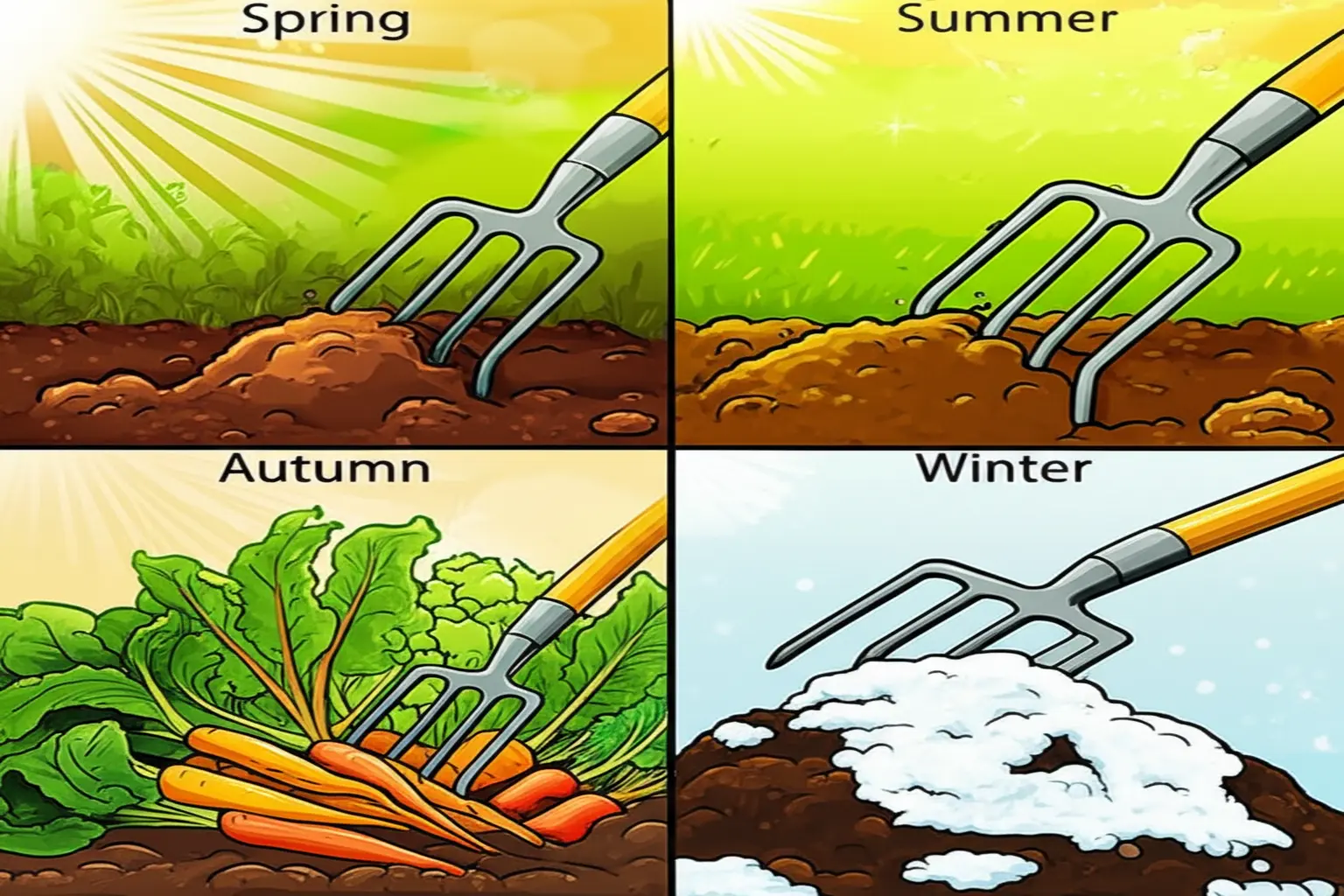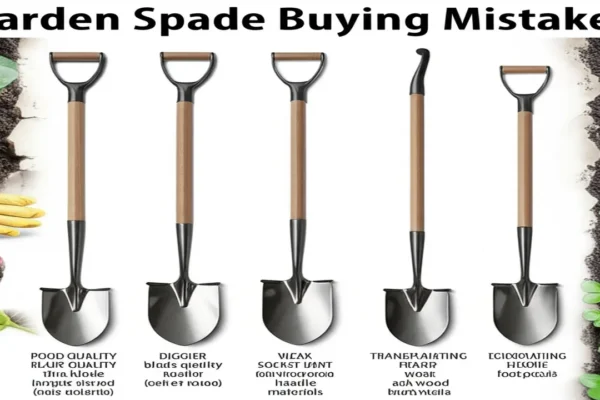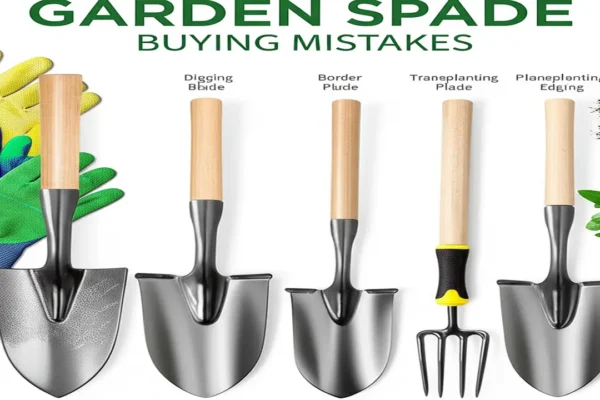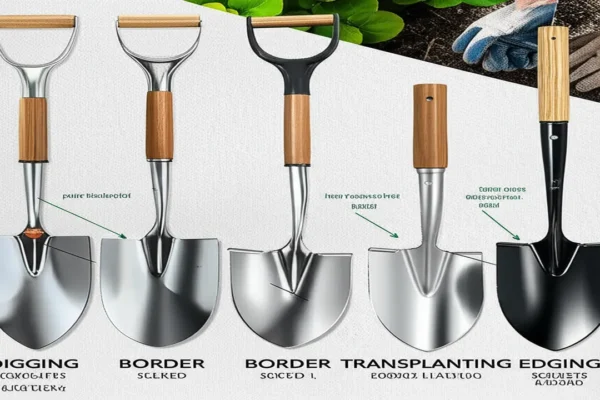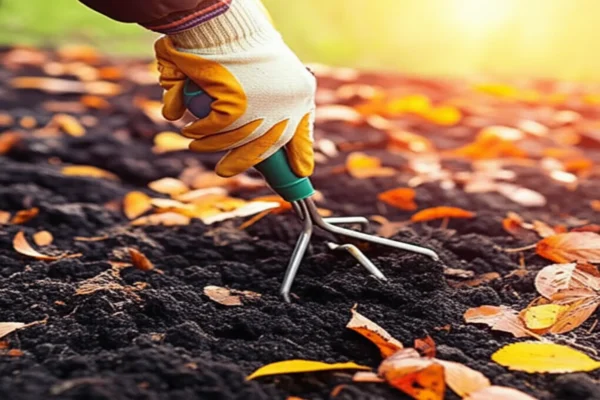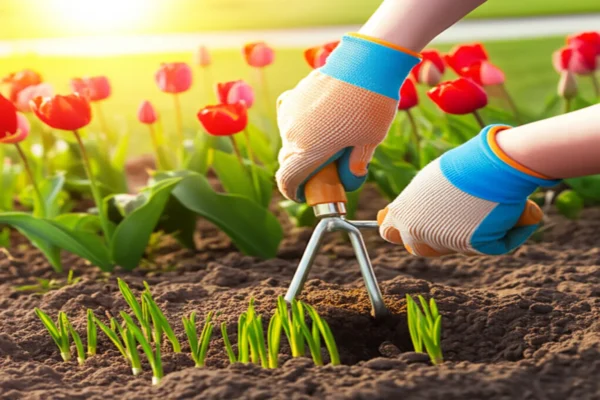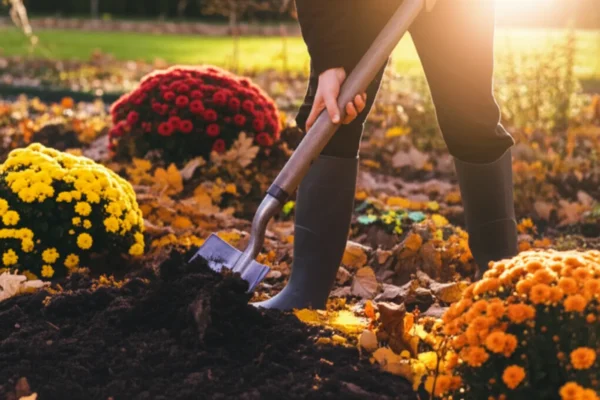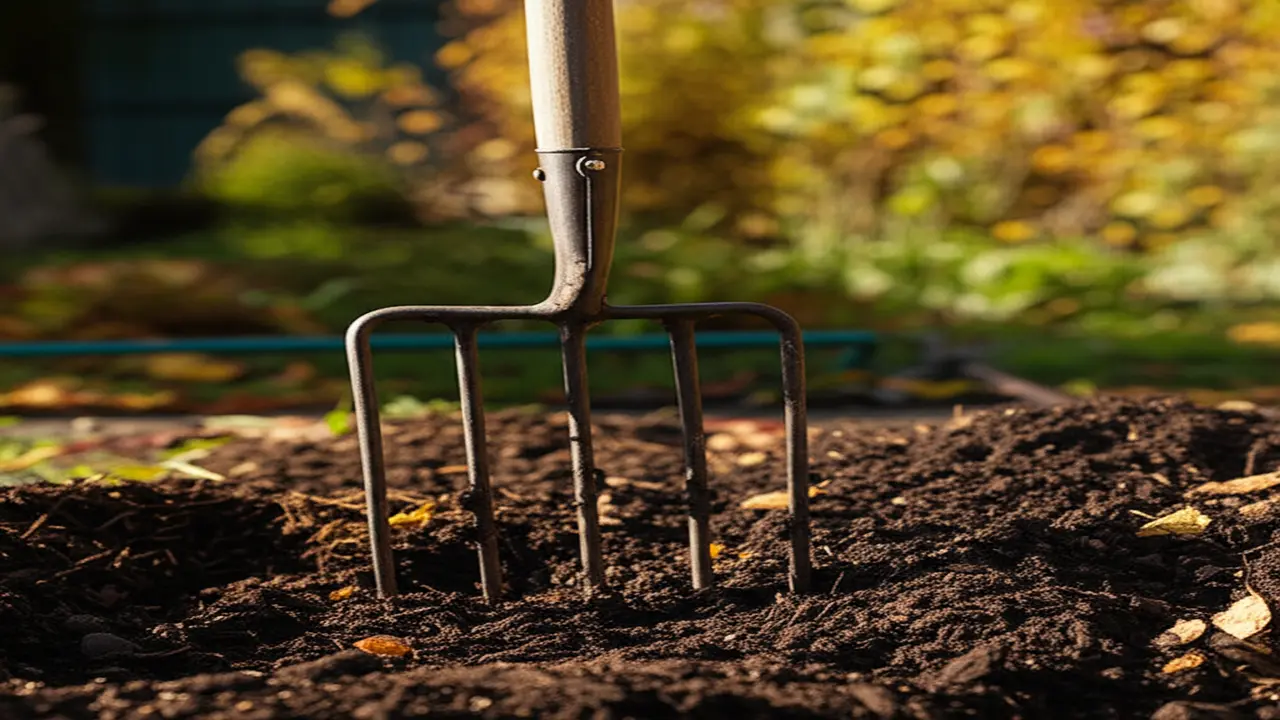
1. The Garden Fork: An All-Season Essential
2. Spring: Awakening the Soil
3. Summer: Nurturing Growth and Managing Weeds
– Turning Compost: The heat of summer is a powerful catalyst for decomposition. Use your garden fork weekly to turn your compost pile. This action aerates the core, mixes the green and brown materials, and speeds up the process, ensuring you have rich compost ready for the seasons ahead.
– Aerating Soil: Compacted soil around established plants can prevent water from reaching the roots. Gently press the fork’s tines into the soil around the drip line of plants like tomatoes or roses and slightly loosen it. This practice improves water absorption and nutrient uptake, which is critical during hot, dry periods.
– Managing Weeds: For deep-rooted perennial weeds, the garden fork is an invaluable tool. It allows you to loosen the soil deep enough to remove the entire root without breaking it. In more delicate or crowded areas, such as between flowering annuals where a large fork would be clumsy, consider using one of the best hand cultivators for precise weeding.
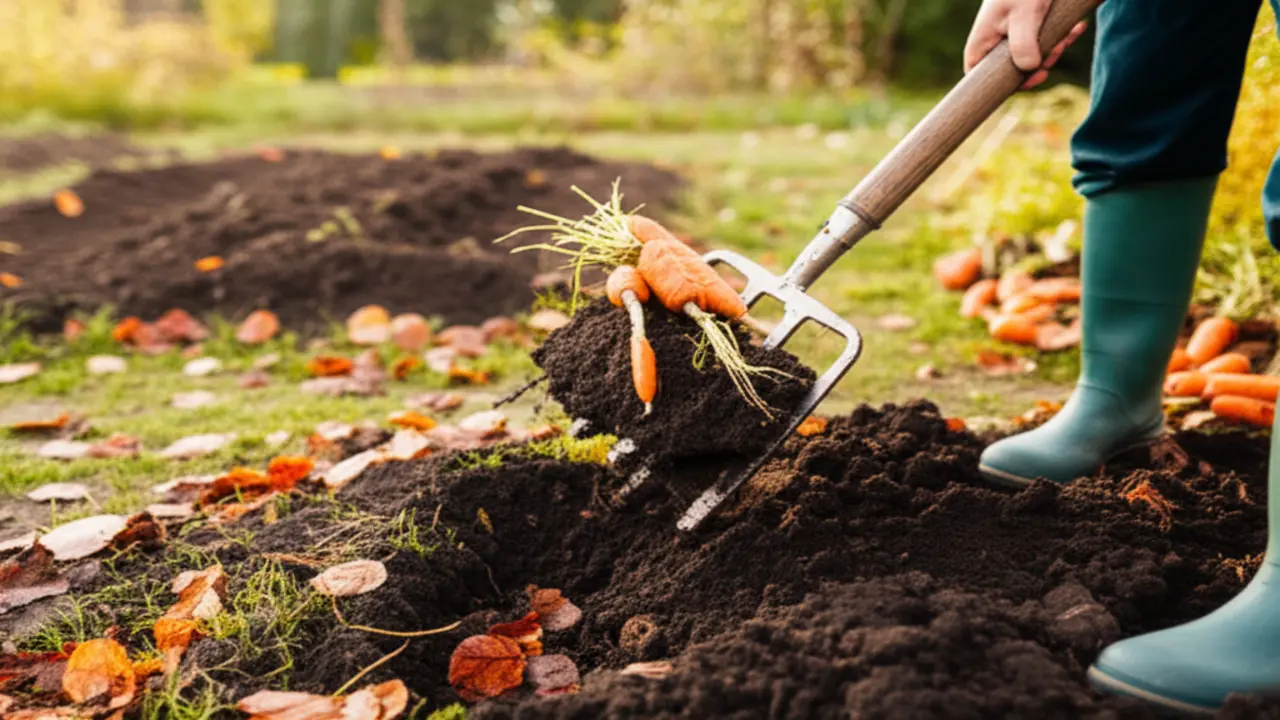
4. Autumn: Harvesting and Preparing for Dormancy
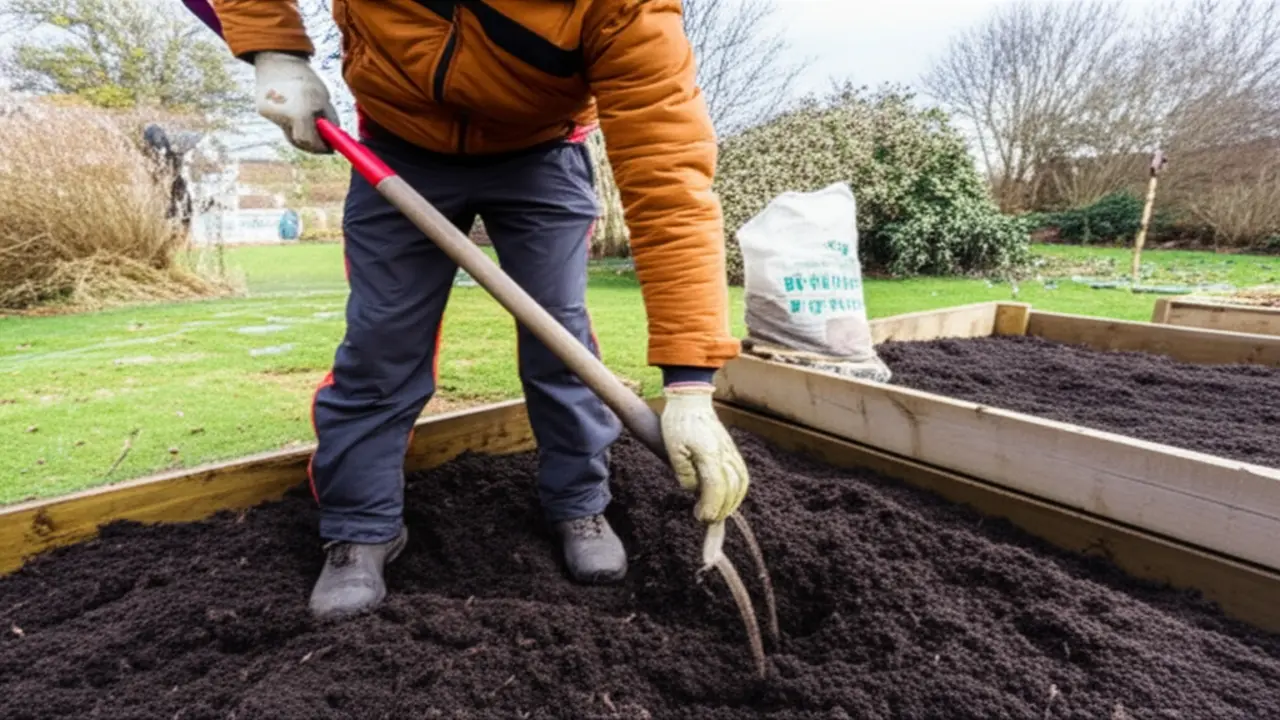
5. Winter: Maintenance and Preparation in Mild Climates
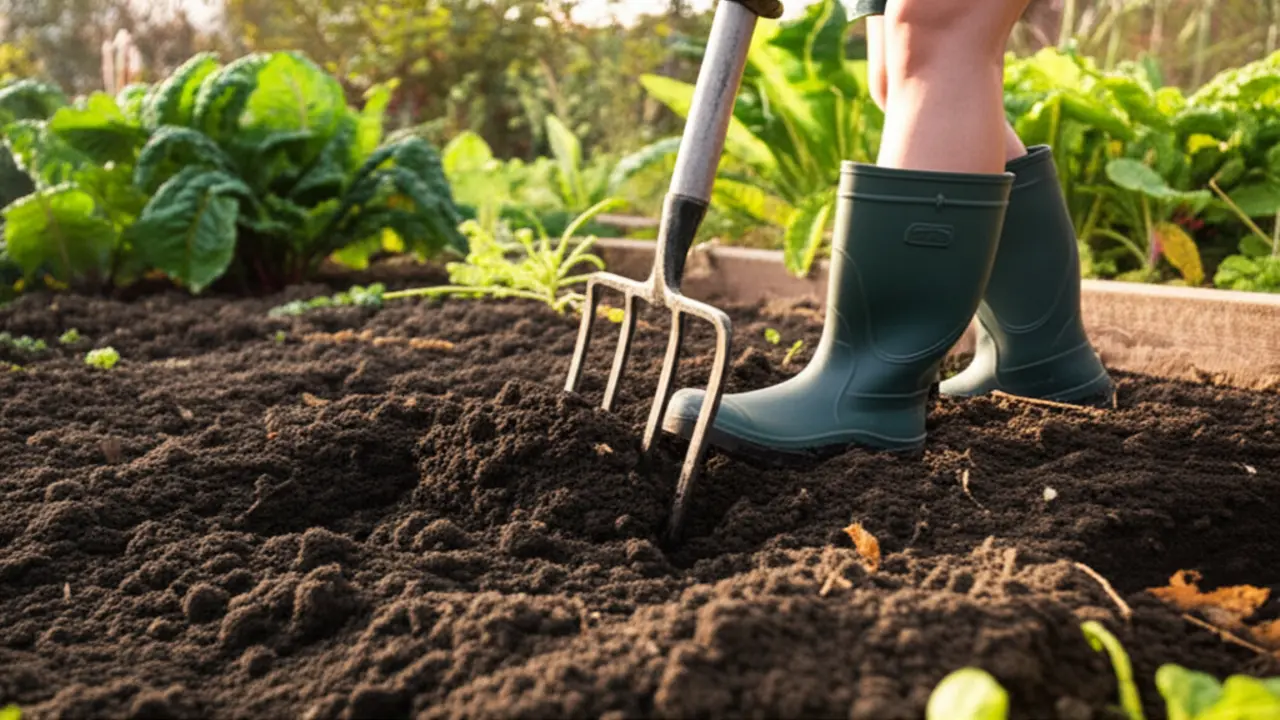
6. Techniques for Effective Seasonal Garden Fork Use
7. Choosing the Right Garden Fork for Seasonal Tasks
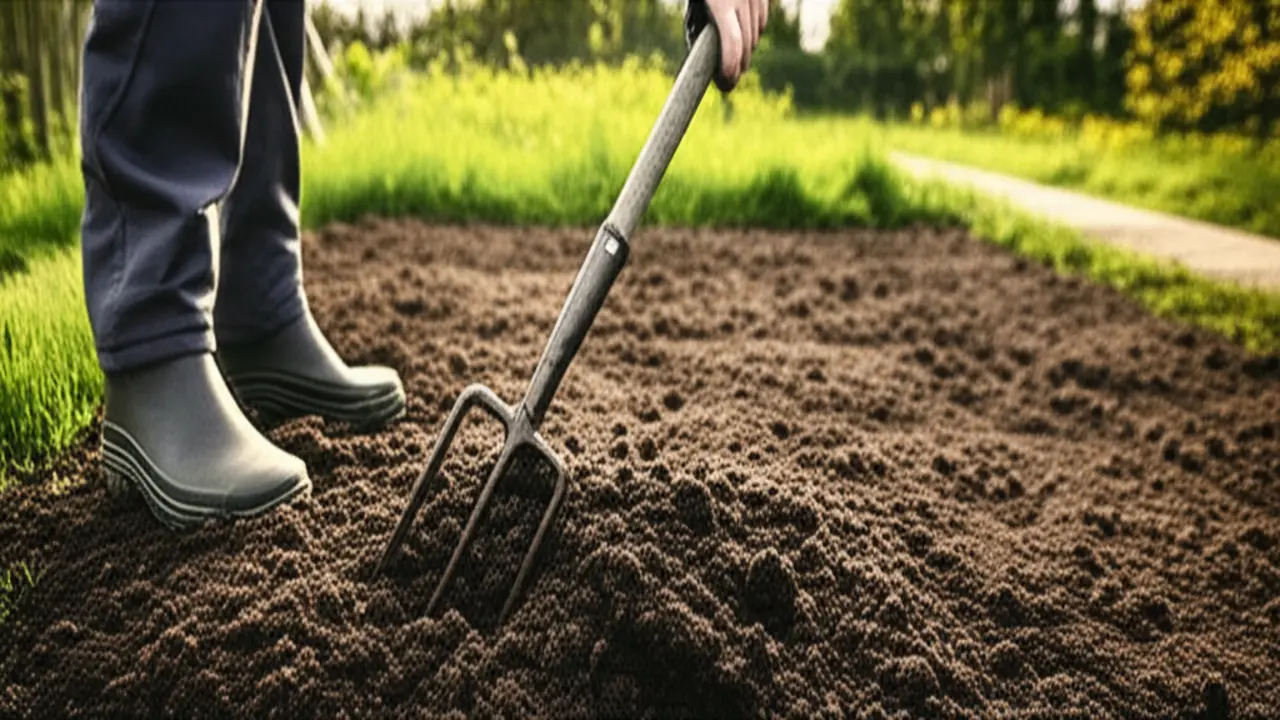
8. Benefits of Strategic Seasonal Garden Fork Use
9. Common Garden Fork Queries Addressed
In contrast, while the best garden spades 2025 are ideal for digging holes, creating sharp edges, or cutting through sod, they can compact clay soil further if used for aeration. Here is a simple breakdown:
– Use a Garden Fork for: Aerating, breaking up compacted soil, mixing in amendments, and harvesting root crops.
– Use a Spade for: Digging, edging, transplanting, and moving loose material.

